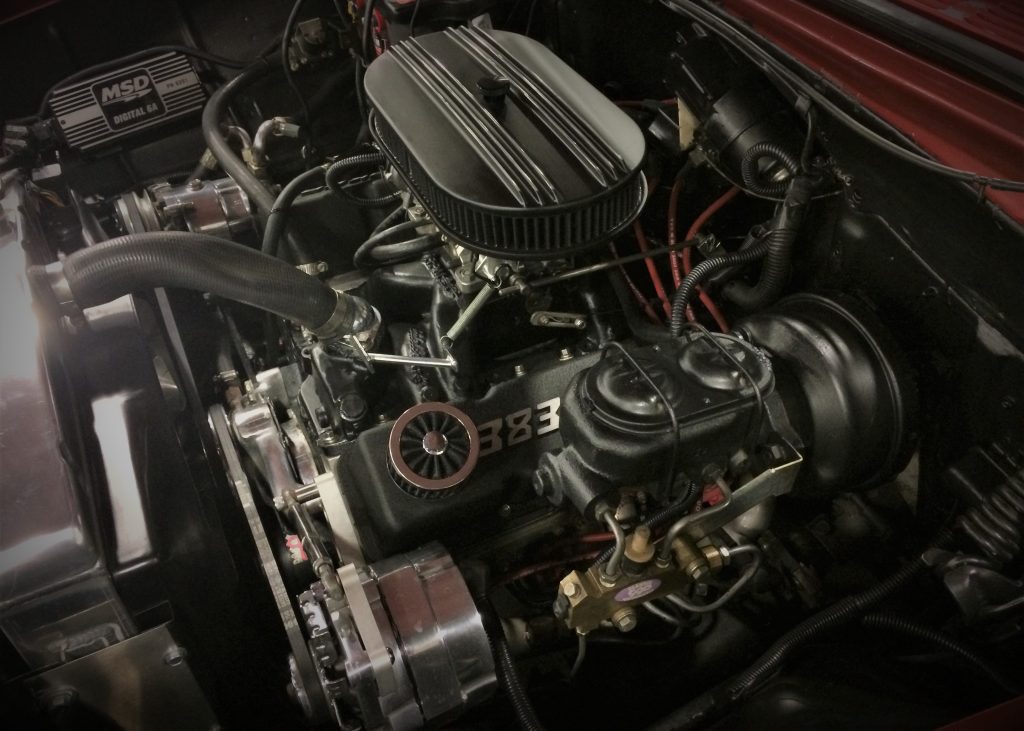You’ve got questions, we’ve got answers. We work with the Summit Racing tech department to help you tackle your auto-related conundrums. In this week’s Mailbag, we’re troubleshooting problems with gas fouling and oil misting on the passenger side of a 383-powered ’55 Chevy.
***
Q: I have a 1955 Chevy with a 383 motor, a four-speed transmission, and a 3.73-geared 12-bolt rear axle. The engine is a four-bolt with a nodular iron crank, 9.5:1-compression forged pistons, Air Flow Research heads, an Edelbrock Performer RPM intake, a 750 cfm Holley double pumper carburetor, 1 -inch Hooker headers, a hydraulic roller cam (.525-inch lift), and roller rocker arms. The motor has about 2,000 miles on it.
Now, here are my questions. A couple of the spark plugs on the passenger side tend to show gas fouling, even though I’ve re-jetted the primaries in an attempt to eliminate the problem. What else can I do? Why is it only on the one side?
Also, a slight oil mist comes from the passenger-side valve cover breather, while the driver’s side is bone dry. There are rubber baffles molded into the bottom of the breather grommets. What causes this misting (which is almost like oil smoke)? Shouldn’t both breathers exhibit the same problem? Are the fuel-fouling and breather-cap problems related?
A: Our suggestion for this type of fouling problem begins with the type of choke operation you have. On the 750 mechanical-secondary Holley, the choke is either hand operated with a cable or controlled by a 12-volt source with a heated coil (electric choke). If the choke isn’t hooked up, you may be delivering too much fuel on startup to the cylinders closest to the carburetor, which happens to be the passenger side.
What happened when you re-jetted the primary side of the carburetor? Was there any change? If so, you may want to try to lean the primary jetting more on the passenger side than the driver’s side. But don’t go too far. You don’t want to compromise the air/fuel ratio and damage parts.
There are several possible causes for your breather cap oiling problem.
- The intake gaskets might not be sealing, and the resulting vacuum leak could be sucking oil into the breathers from the lifter valley.
- The misting oil could also be due to crankcase windage and the resulting pressure. The pressure will find its own path out of the engine, which might be why one side is misting and not the other.
Anything you can do to relieve the crankcase pressure will cut down on the oiling through your breathers. Putting a PCV valve in line to the carburetor would help.
We also recommend performing a cylinder leakdown test to verify that the oil control rings are sealing properly in the bores.


Absolutely nailed it